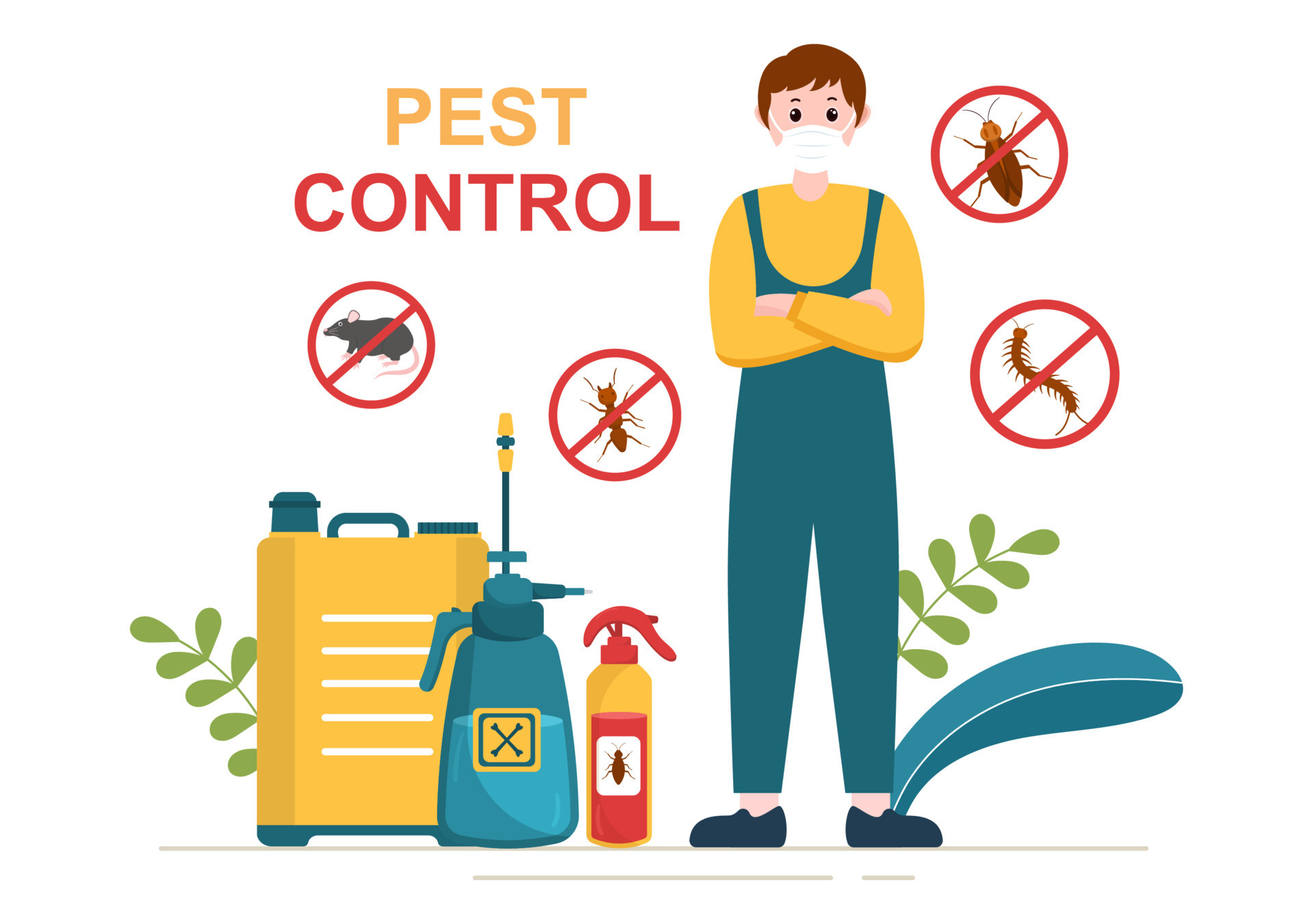Reliable Pest Control Washington DC: Protect Your Home and Business!
Reliable Pest Control Washington DC: Protect Your Home and Business!
Blog Article
Expert Bug Control Techniques for Long-Term Results
In the realm of pest control, attaining sustained efficiency and lasting results requires a thorough strategy that transcends plain extermination. Professional insect control strategies envelop a detailed method that begins with a detailed assessment and evaluation, adhered to by precise pest recognition to comprehend their actions patterns. The implementation of Integrated Bug Management (IPM) principles, paired with eco-conscious treatments, develops the keystone of sustainable insect obliteration. Nevertheless, the real test exists in the ongoing tracking and upkeep of the dealt with locations, making certain a pest-free atmosphere for the foreseeable future. By delving right into the details of these techniques, a deeper understanding of expert bug control methods for enduring results arises.
Evaluation and Analysis
Upon getting in a residential or commercial property for parasite control services, the preliminary action is a thorough evaluation and evaluation to determine the degree of the problem and establish one of the most effective treatment plan. Specialist parasite control technicians are trained to carefully examine the facilities, searching for signs of pest task such as droppings, gnaw marks, nests, or any type of architectural damage. They will likewise evaluate the problems that might be drawing in parasites, such as food resources, water leaks, or entry points.

Insect Recognition and Actions

In addition, comprehending the behavior of the identified bug is key to carrying out effective control steps. Recognizing where bugs nest, what they feed on, and their task patterns can aid pest control professionals design techniques to eradicate them successfully.
Integrated Pest Administration (IPM)
Integrated Insect Monitoring (IPM) approaches integrate numerous methods to regulate and stop parasite problems in a lasting and eco-friendly fashion. bed bug exterminator. By integrating approaches such visit this site as biological control, environment control, alteration of social techniques, and using resistant varieties, IPM intends to reduce the use of chemical pesticides
One of the essential principles of IPM is the focus on prevention. This aggressive strategy includes tracking parasite populations consistently to identify any kind of potential concerns prior to they escalate. By recognizing bug issues early, pest control steps can be implemented quickly and properly.
In addition, IPM promotes the usage of non-toxic insect control methods whenever possible. This can include utilizing all-natural killers of the bugs, introducing pop over to this site valuable pests, or using scents to interrupt mating patterns. By lowering reliance on chemical pesticides, IPM not only shields the setting but also helps preserve an equilibrium in the ecological community.
Environmentally-Friendly Treatments
Carrying out eco-conscious methods in bug control procedures can successfully address infestations while focusing on environmental sustainability. Environmentally-friendly therapies focus on minimizing the impact of pest control approaches on ecological communities, non-target organisms, and human health and wellness.
An additional key aspect of environmentally-friendly therapies is making use of organic and naturally degradable items that damage down quickly without leaving unsafe residues in the environment. Organic insecticides acquired from plants like chrysanthemums or neem use effective insect control while presenting wood treatment for termite prevention minimal threat to non-target types. Employing methods like warm treatments or pheromone catches can target specific parasites with precision, reducing the general ecological influence of insect control practices.
Recurring Surveillance and Maintenance
Normal inspections by skilled specialists are necessary to determine any kind of signs of parasite activity, analyze the efficiency of previous treatments, and make modifications to the pest control strategy as required. By keeping track of parasite populaces over time, insect control specialists can track patterns, prepare for potential problems, and apply preventive steps to reduce the danger of future invasions.
Along with monitoring, upkeep techniques are vital for long-term insect control success. This includes implementing correct hygiene steps to remove prospective food and water sources for pests, securing off access points to prevent bugs from going into the properties, and attending to any type of architectural issues that might promote pest invasions (exterminator). By incorporating ongoing tracking and upkeep right into an incorporated parasite administration strategy, businesses can make certain a pest-free environment and protect their property versus expensive damage and wellness risks
Conclusion
To conclude, using specialist pest control strategies such as thorough inspection and analysis, exact bug recognition and understanding of their habits, integrated parasite monitoring methods, environmentally-friendly treatments, and ongoing surveillance and upkeep are vital for achieving long-term lead to bug control. By carrying out these techniques, individuals can efficiently manage pest infestations and maintain a pest-free environment in a lasting way.
Report this page